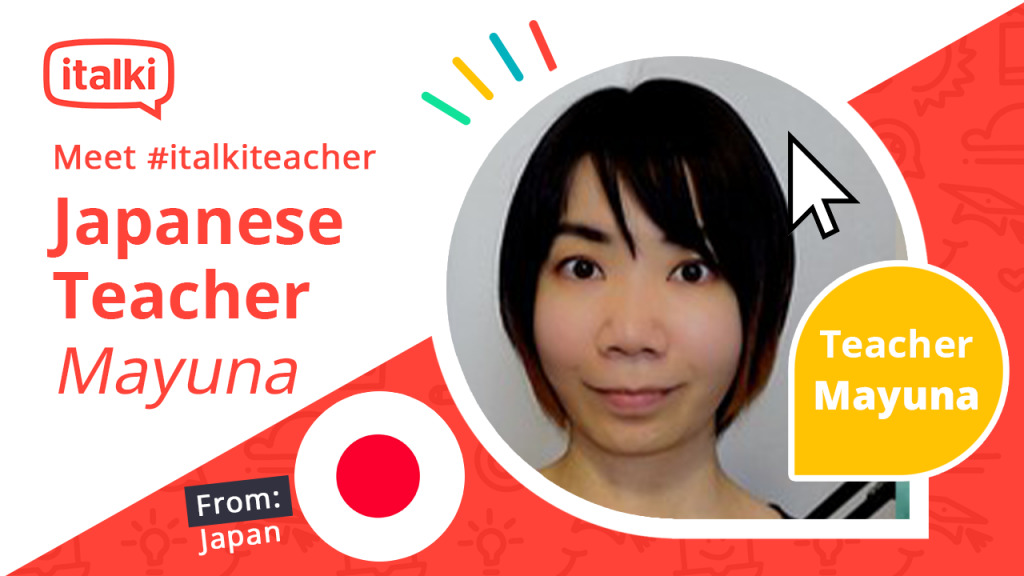23. 早口言葉に挑戦
はい、こんにちは。今回はポッドキャストの23回目です。最近、仕事でもプライベートでも準備することが多くて、少し忙しいです。寝る時間が不規則になったり、花粉症があったりして大変ですが、頑張ります。ポッドキャストに関するリクエストや改善案ももらったので、少しずつ反映していきたいと思います。
Hello. This is the podcast episode 23. I’ve been a bit busy lately with a lot of preparation both at work and in my personal life. It’s hard with irregular sleeping hours and hay fever, but I’m trying my best. I’ve received some requests and suggestions for improvement regarding the podcast, so I’ll try to reflect them little by little.
今日は早口言葉について話したいと思います。みなさんは早口言葉を知っていますか?英語ではtongue twisterといいます。正しく発音するのが難しいフレーズを、早く言えるかどうか試す遊びです。早口言葉は日本語にもたくさんあります。今日は3つの早口言葉を紹介したいと思います。
Today I would like to talk about Hayakuchi Kotoba. Do you know Hayakuchi Kotoba? In English it is called “tongue twister”. It is a game to see if you can say a phrase that is difficult to pronounce correctly as quickly as possible. There are many Hayakuchi Kotoba in Japanese, too. Today I would like to introduce three Hayakuchi Kotoba.
まず紹介するのは、「赤巻紙 青巻紙 黄巻紙」です。「赤、青、黄」は色の名前です。「巻紙」とは、昔手紙を書くときに使われた紙のことです。つまり、赤と青と黄色の3種類の巻紙です。とくにストーリーはありません。それでは言ってみましょう。まずはゆっくり。「赤巻紙 青巻紙 黄巻紙」。そして早く。「赤巻紙 青巻紙 黄巻紙」。
The first one to be introduced is the ”Aka-Makigami, Ao-Makigami, Ki-Makigami”. ‘Aka(red), ao(blue), ki(yellow)’ are the names of the colours. ‘Makigami (roll of paper)’ refers to the paper used for writing letters in the olden days. In other words, there are three types of rolled paper: red, blue and yellow. There is no particular story behind this. Now let’s say it. First, slowly. ”Aka-Makigami (red roll paper), Ao-Makigami (blue roll paper), Ki-Makigami (yellow roll paper)”. Then, quickly. ”Aka-Makigami, Ao-Makigami, Ki-Makigami”
次に紹介するのは、「生麦 生米 生卵」です。これも前の例と同じように、3つの名詞を並べたフレーズです。「生」は、料理していない食べ物の状態のことです。「麦、米、卵」は食べ物の名前ですね。他にも、「生肉」や「生クリーム」という単語が日常的によく使われます。それでは言ってみましょう。まずはゆっくり。「生麦 生米 生卵」。早く。「生麦 生米 生卵」。
The next one is “Nama-Mugi, Nama-Gome, Nama-Tamago”. Like the previous example, this is another phrase with three nouns in a row. ‘Nama (raw)’ refers to the uncooked state of the food. ‘Mugi (wheat), Kome (rice), Tamago (egg)’ is the name of the food. Other common everyday words are ‘Nama-Niku (raw meat)’ and ‘Nama-Kuriimu (raw cream)’. Now let’s say it. First, slowly. “Nama-Mugi (raw wheat), Nama-Gome (raw rice), Nama-Tamago (raw eggs)”. Quickly. “Nama-Mugi, Nama-Gome, Nama-Tamago”.
最後に紹介するのは、「炙りカルビ」です。これは伝統的な早口言葉ありません。昨日インターネットで見つけました。「炙り」とは、表面だけ焼く料理の方法で、「カルビ」は肉の部位の呼び方です。とても短いですが、繰り返し言うのが難しいです。それでは3回言ってみましょう。「炙りカルビ 炙りカルビ 炙りカルビ」。
The last one is “Aburi Karuib”. This is not a traditional Hayakuchi Kotoba. I found it on the internet yesterday. ‘Aburi (seared)’ is a cooking method where only the surface is grilled, and ‘Karubi (is from Korean :Galbi)’ is a term for a part of meat (rib). It is very short, but difficult to repeat. So let’s say it three times. “Aburi Karubi (seared ribs), Aburi Karubi (seared ribs), Aburi Karubi (seared ribs)”.
はい、じゃあ今日はこんな感じで終わりたいと思います。また来週お会いしましょう。どうもありがとうございました。
Well, I think that’s it for today. See you next time and thanks for listening!
